Finescale Splitfin
This project focuses on the Critically Endangered fish species Allodontichthys polylepis. Efforts of ex situ conservation of this species are ongoing since 2013 in Europe starting with a limited number of species and breeders, however the project got introduced as ÖVVÖ conservation project in 2024.
The original aim of the conservation breeding project for Allodontichthys polylepis was to bring the number of specimens above a threshold of 500 and the number of breeders involved to at least 20, which corresponds to an average of 25 specimens per breeder. This should significantly reduce the risk of stock losses. Once these objectives have been achieved, the population will be kept stable by expanding the number of breeders. The project also includes efforts to strengthen the natural populations through cooperation and exchange of experience with Mexican stakeholders, in particular the universities already involved, and to promote the conditions for reintroduction efforts.
Species description, habitats and distribution
Within the subfamily Goodeinae, the livebearing Goodeids from Mexico, the genera Allodontichthys, Ilyodon and Xenotaenia form the monophyletic tribe Ilyodontini, with Allodontichthys being the sister group to a clade that includes Ilyodon and Xenotaenia. The genus itself consists of the following four species in alphabetical order:
- Allodontichthys hubbsi
- Allodontichthys polylepis, see Figure 1, the Finescale Splitfin described by
Rauchenberger (1988): A new Species of Allodontichthys (Cyprinodontiformes: Goodeidae), with comparative Morphometrics for the Genus. Copeia 1988 (2): pp 433-441. - Allodontichthys tamazulae
- Allodontichthys zonistius
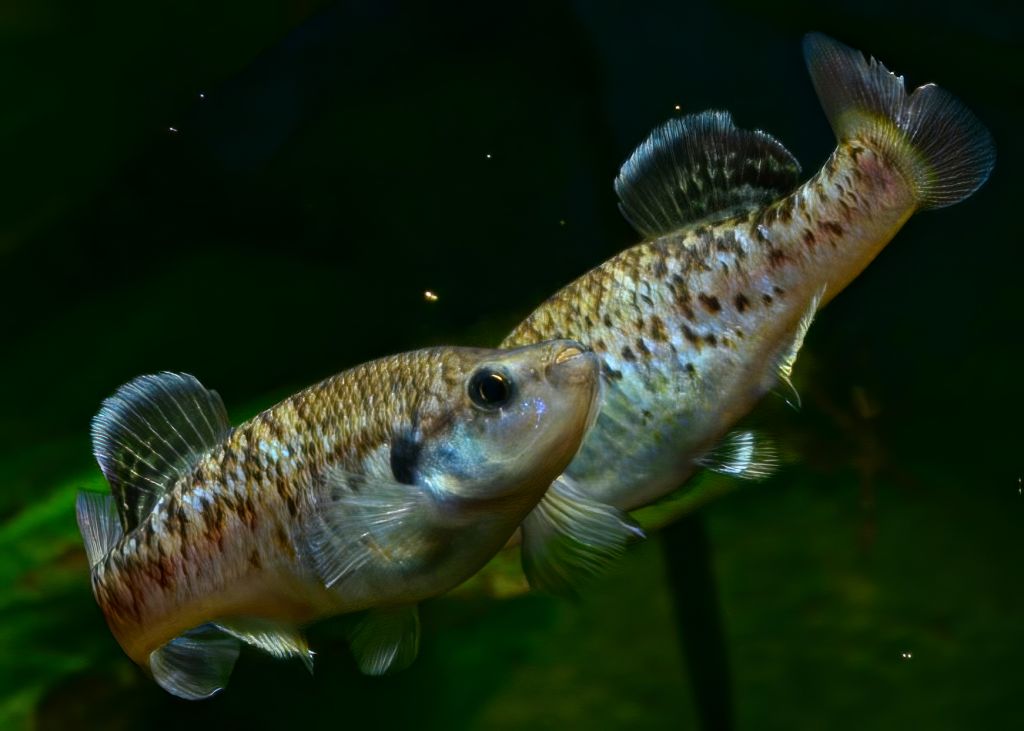
Figure 1: Allodontichthys polylepis or Finescale Splitfin. Photo: André Scheiwiller.
The Finescale Splitfin is the only Allodontichthys species known from the hydrographic region Río Ameca, more precisely from the Río Ameca-Atenguillo basin. It historically occured in two of its three subbasins, the Río Ameca-Pijinto (PIJ) and the Río Atenguillo (ATE) subbasin, see Figure 2. From the Río Ameca-Pijinto subbasin it is only known from the type locality, the Arroyo Potrero Grande or Arroyo Grande. In the Río Atenguillo subbasin, two localities are known: The Arroyo Estanzuela, sometimes called Río de las Bolas or Río de la Pola, and the Arroyo de Ávalos. According to its occurence in two different subbasins, two subpopulations can be distinguished.

Figure 2: Occurrence of Allodontichthys polylepis. Figure: Michael Köck
Allodontichthys polylepis occurs in clear streams with turbulent currents, but also in areas without current, based on the habitat description by Miller (2005). The vegetation comprises green algae on rocks or floating. The currents were slight to none in the dry season, the depths usually less than 0,5 m. Further expeditions basically confirmed those conditions but significant seasonal variations are present and streams may almost dry up in the dry season. Figure 3 shows the habitat Arroyo de Ávalos near the bridge over the creek called Puente de Ávalos.
The following value ranges are documented for selected water parameters; the air temperature was around 28°C:
- Water temperature 14,1 to 19,9°C
- pH 7 to 7,2
- Carbonate Hardness 5 to 6,6°dH
- Total hardness 6,5°dH
- Nitrite and Nitrate not detectable

Figure 3: Habitat of Allodontichthys polylepis at the river Arroyo de Ávalos. Photo: Michael Köck.
Threat
In the IUCN Redlist (2018) it is classified as Critically Endangered: https://www.iucnredlist.org/species/191370/1977348
According to status reports of recent years, the only noticeable cause that seem to threaten the native fish species are severe droughts, probably caused by climate change and correlated with it, a higher water temperature and reduced water quality over the dry months of the year. Pollution through agriculture and sewage from towns doesn’t seem to play a big role as there is no bigger settlement upstream and agriculture is a minor factor in this dry and rocky land.
Climate change as a threat factor for reintroduction to nature is a big challenge to tackle. At the moment it is really up to our ex situ engagement, like realized within this project, to help this species to survive.
Ex situ population of the project
The population considered for conservation breeding is the population of Allodontichthys polylepis from the Arroyo Estanzuela, which was collected in 1987 by the Austrian virologist Alfred Radda. There is a second population from this water body from the early 2000s from the University of Morella. However, this population is not considered in this project, as the few specimens maintained in Europe probably show signs of inbreeding and the US specimens cannot be considered for various reasons. The animals from the Radda line are maintained exclusively in Europe, with the exception of individuals belonging to the breeding program of the Laboratorio de Biología Acuática J. Javier Alvarado Díaz, Universidad Michoacana de San Nicolás de Hidalgo, Morelia, Mexico. However, these specimens, which originally came from European breeders, are not included in this project due to their great distance from Mexico. However, reintroduction efforts should of course be supported in the future.
There is also a stock from another location, but these animals are located in the United States and are not included in the project.
A population from the Río Ameca-Pijinto sub-basin (type locality) would be of interest for inclusion in the project, but none is known to still exist.
The total population of Allodontichthys polylepis within the projectcomprises 843 fish in 2023 (216 males, 256 females and 371 juveniles).
Project manager:
- Fővárosi Állat- és Növénykert (Zoo Budapest), Ungarn: szanati.elod@zoobudapest.com
- The Aquarium at Malmö Museer, Schweden: jesper.flygare@malmo.se
Project members (31)
- Aquarium Berlin (DE)
- Bauer, Thomas (DE)
- Davies, Patrick (GB)
- De Graaf, Arjan (NL)
- Diergaarde Blijdorp, Rotterdam Zoo (NL)
- Ellis, Peter (GB)
- Fjeldstad, Dag Leonard (NO)
- Fővárosi Állat- és Növénykert, Zoo Budapest (HU)
- Friedrich, Torsten (DE)
- Hammelmann, Jan (DE)
- Haus des Meeres (AT)
- HunterNigel (GB)
- Kossuth Lajos Gimnazium (HU)
- Mental Health Action Group Sheffield (GB)
- Oliver, Steven (GB)
- Roebuck, Greg (GB)
- Rüdiger, Wolfgang (DE)
- Schulze, Michael (DE)
- Szabolcs, Máté (HU)
- The Aquarium at Malmö Museer (SE)
- Tropiquaria Zoo (GB)
- Tveteraas, Andreas (NO)
- Urban, Kay (DE)
- Vannerom, Ronny (BE)
- Vrbančič, Jože (SL)
- Walford, Heather (GB)
- Walker, Clive (GB)
- Wilhelm-von-Oranien-Schule (DE)
- Wisian, Luca (DE)
- Zoologischer Garten Köln (DE)
- Zoo Płock
project partner:
 |
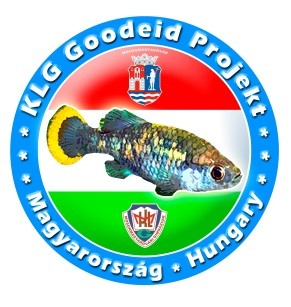 |
 |
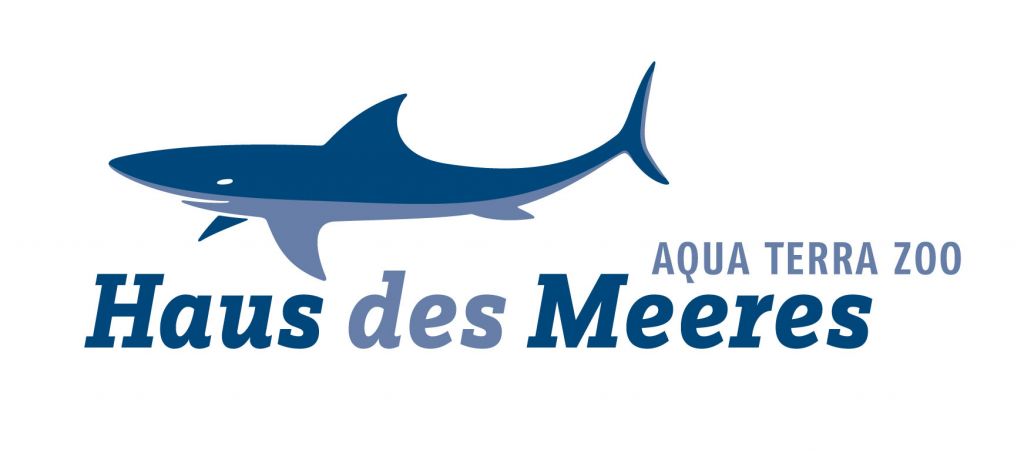 |
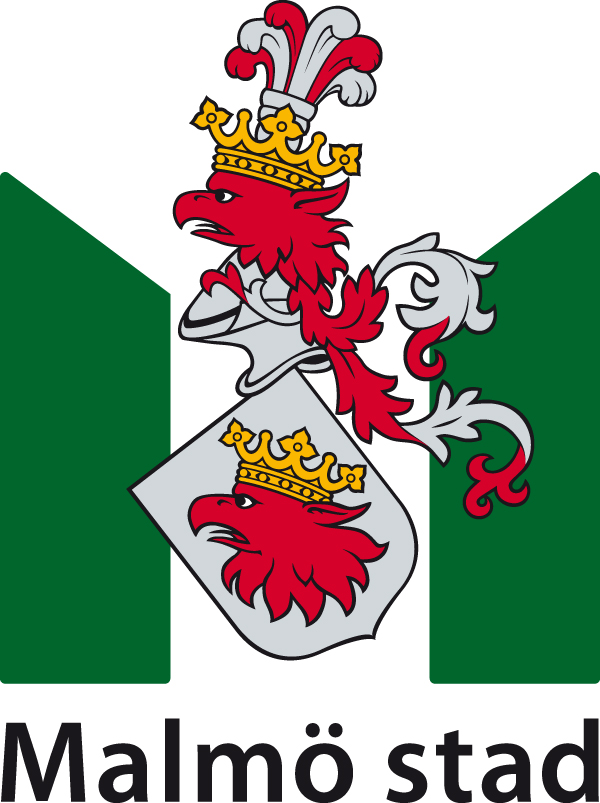 |
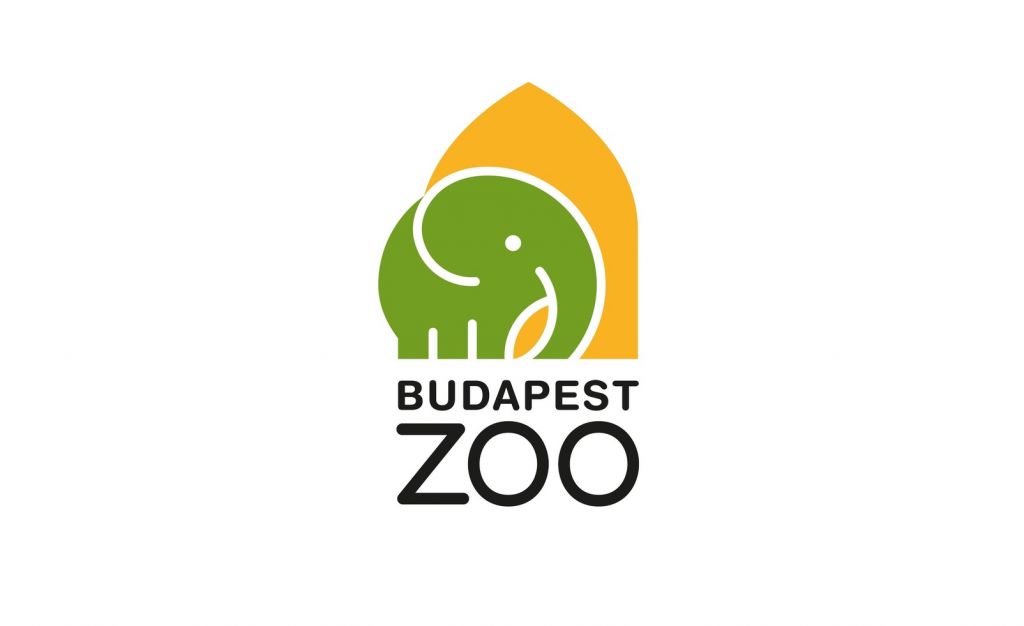 |
 |
 |
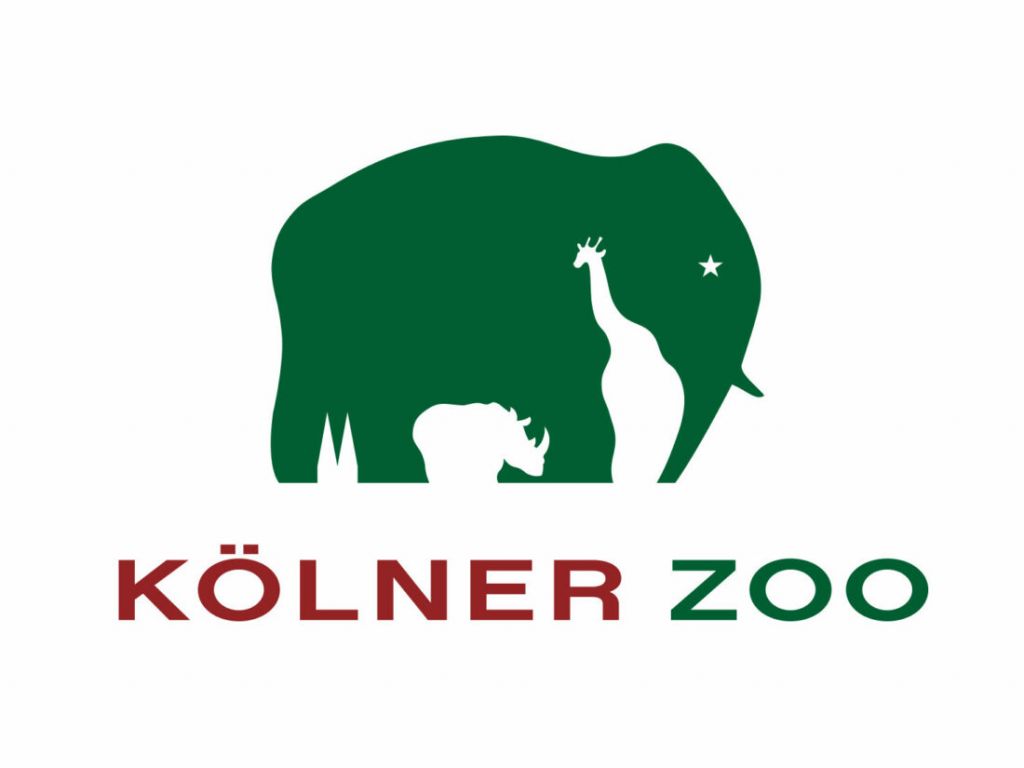 |
 |
 |
News
 |
Wiener Artenschutztage06.09.2024 - 15:25... |
 |
Vienna Aquarium Day06.09.2024 - 15:25The European championship rounds of the Austrian Guppy... |
 |
4th conference on species conservation06.09.2024 - 15:23A large delegation from the ÖVVÖ took part in the 4th... |
 |
18th ÖVVÖ Congress06.09.2024 - 15:21From May 24 to 26, over 100 people from the vivarium... |
Growth in the ÖVVÖ's conservation projects03.03.2024 - 18:24As of today, the Finescale Splitfin project can be found in the ÖVVÖ conservation breeding projects. This project focuses on the Critically Endangered fish species Allodontichthys polylepis... weiterlesen |
